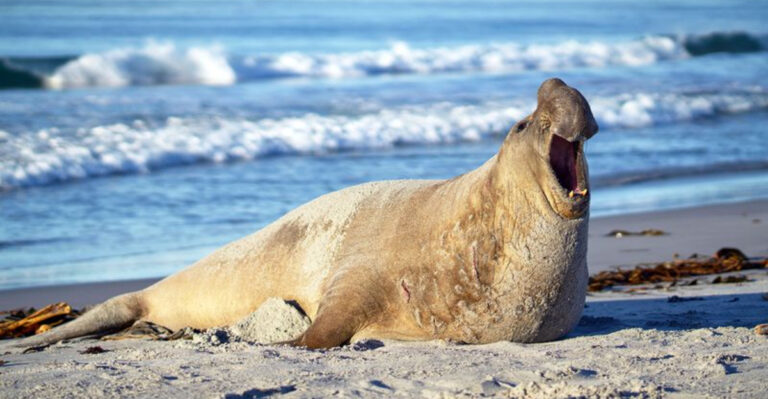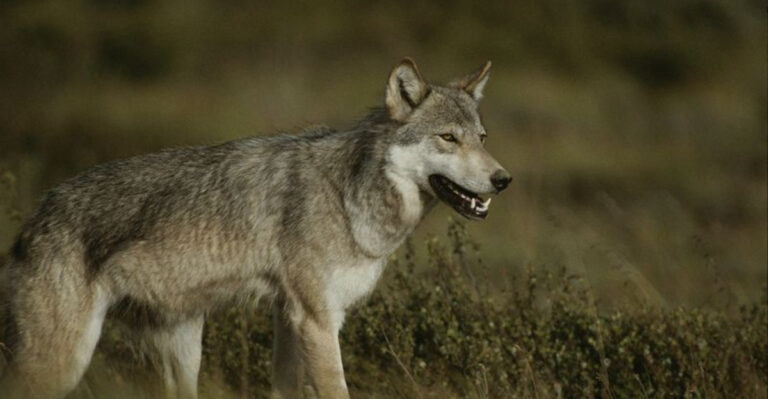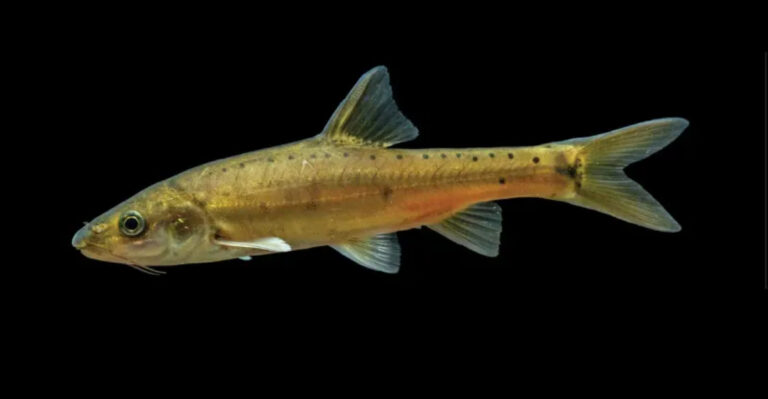The Potentials And Pitfalls Of De-Extinction

Scientists can now potentially bring extinct species back to life through genetic technology. This fascinating field, called de-extinction, offers incredible possibilities for restoring lost biodiversity and fixing damaged ecosystems.
But alongside these exciting opportunities come serious ethical questions and practical challenges that make us wonder if we should resurrect extinct creatures just because we can.
1. Restoring Lost Biodiversity

Nature’s delicate balance often depends on species that no longer exist. When passenger pigeons darkened the skies, they spread seeds and shaped entire forests.
Modern de-extinction techniques could return these ecological engineers to their former habitats. Scientists believe reintroducing extinct species might help heal ecosystems that have been limping along without their key players for decades or centuries.
2. Reviving Ecosystem Functions

Woolly mammoths once maintained vast Arctic grasslands through their constant movement and feeding patterns. Their massive bodies compacted snow, allowing cold air to reach and preserve the permafrost below.
Without these ecosystem engineers, the tundra has transformed. Bringing back mammoth-like creatures could potentially slow permafrost melting and help tackle climate change by restoring ancient grassland carbon capture systems.
3. Advancing Genetic Technologies

Revolutionary breakthroughs often emerge from ambitious scientific goals. The quest to resurrect extinct species has already supercharged progress in genetic technologies.
CRISPR gene editing, cloning techniques, and artificial womb development have all advanced thanks to de-extinction research. These tools now benefit conservation efforts for endangered species and even human medicine, creating a ripple effect of innovation beyond just bringing back lost animals.
4. Educational And Scientific Value
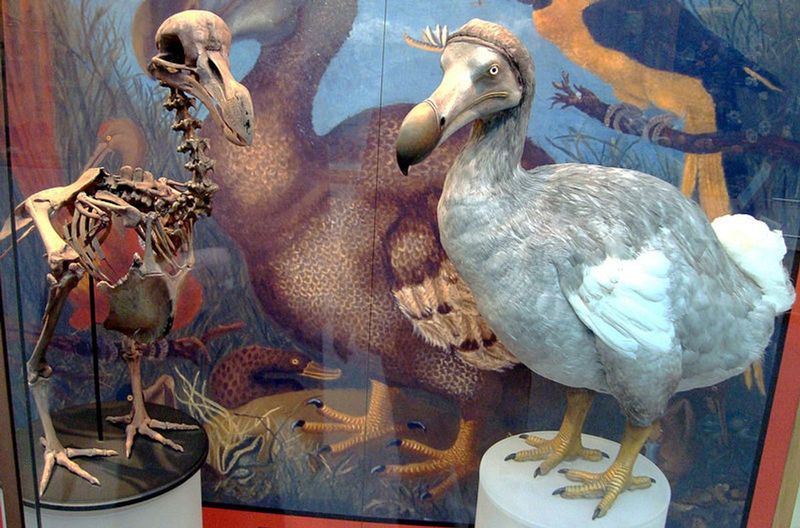
Imagine studying a living dodo bird instead of just bones and drawings! De-extinction offers unprecedented research opportunities that could transform our understanding of evolution.
Scientists could directly observe behaviors only guessed at from fossils. We might finally answer questions about how extinct species moved, communicated, and adapted to their environments. Such knowledge could provide critical insights for protecting today’s endangered species from similar fates.
5. Moral Responsibility To Undo Harm

Humans drove countless species to extinction through hunting, habitat destruction, and pollution. The Tasmanian tiger, great auk, and Carolina parakeet vanished directly because of our actions.
Many ethicists argue we have a moral obligation to restore what we’ve destroyed when technology makes it possible. Just as we work to clean polluted rivers, shouldn’t we try to bring back the creatures we eliminated? This perspective frames de-extinction as environmental justice.
6. Public Fascination And Conservation Awareness

The world watched in awe when scientists cloned Dolly the sheep. Imagine the excitement if they unveiled a living woolly mammoth!
High-profile de-extinction projects capture public imagination like few other scientific endeavors. This attention translates into funding and awareness that benefits all conservation efforts. When people marvel at resurrected species, they often develop deeper appreciation for protecting those still hanging on.
7. The “Jurassic Park” Problem
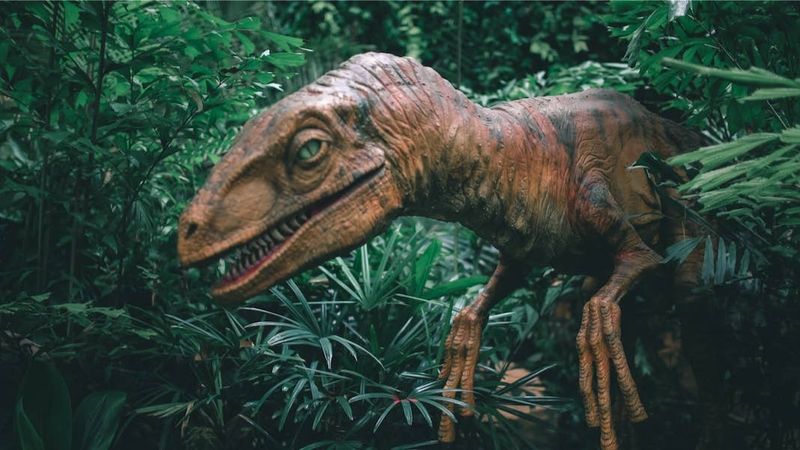
Fiction sometimes offers warnings we should heed. Michael Crichton’s famous novel highlighted how reviving extinct species could spiral beyond our control.
Playing genetic architect with ancient creatures raises profound questions about humanity’s role in nature. Are we restoring balance or further disrupting it? Critics worry that scientists, caught up in the excitement of what they can do, may not fully consider whether they should do it.
8. Ecological Disruption Risks

Ecosystems evolve constantly, adapting to the absence of extinct species over time. The passenger pigeon’s ecological niche has been filled by other birds and animals over the past century.
Suddenly reintroducing these species could trigger cascading disruptions. Modern forests might not support their former inhabitants. Resurrected species might become invasive, outcompeting native wildlife that evolved in their absence, creating new environmental problems instead of solving old ones.
9. Genetic Incompleteness

Ancient DNA degrades over time, leaving scientists with incomplete genetic puzzles. Most de-extinction attempts rely on filling these gaps with DNA from related modern species.
The result? Not truly the original animal, but a hybrid approximation. A resurrected mammoth would actually be an elephant with mammoth-like traits. This raises philosophical questions: If it looks like a mammoth but contains elephant DNA, is it really bringing back an extinct species?
10. Animal Welfare Concerns
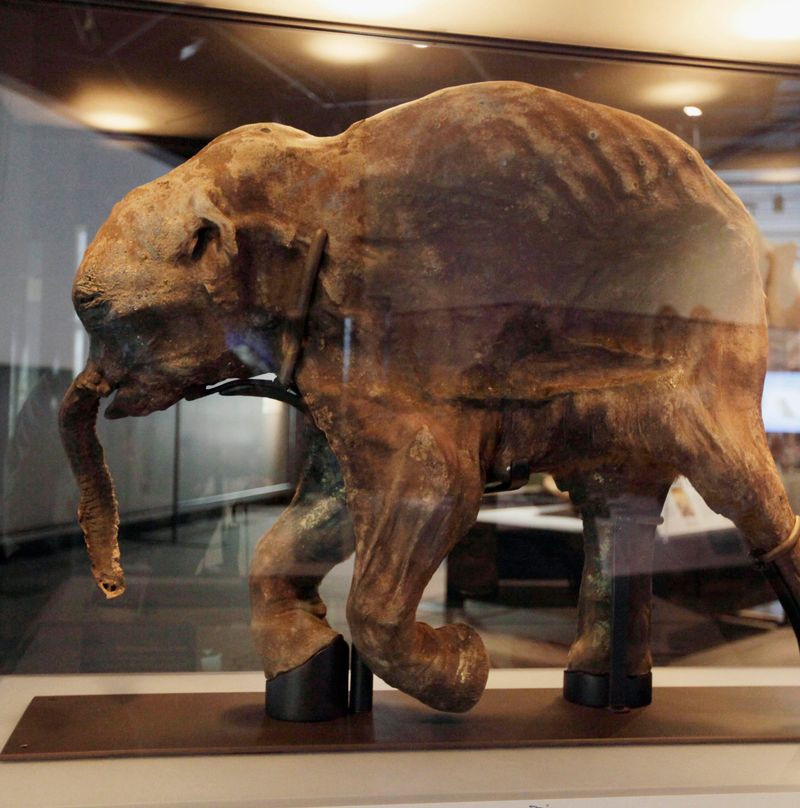
Early cloning attempts like Dolly the sheep faced numerous health problems. The first attempts at recreating extinct species will likely encounter similar issues.
These animals might suffer from developmental abnormalities, immune deficiencies, or shortened lifespans. Is it ethical to create creatures doomed to health problems? And what about social development? A single resurrected passenger pigeon would have no flock to teach it natural behaviors.
11. Diverting Resources From Existing Species

Conservation budgets are already stretched thin protecting today’s endangered species. De-extinction projects consume enormous scientific resources and funding that might otherwise save animals on the brink.
For the cost of resurrecting one extinct species, we could potentially save dozens facing extinction now. Many conservationists argue that while de-extinction is fascinating, our priority should be preventing more species from needing resurrection in the first place.
12. Legal And Ethical Gray Areas
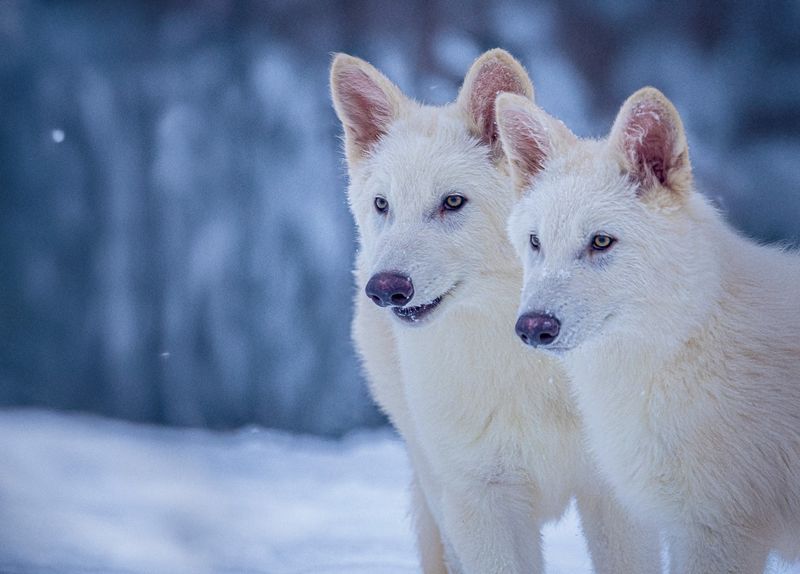
Our legal systems never anticipated the return of extinct species. Would a resurrected mammoth have protected status? Who would own these creatures?
Current wildlife laws don’t address these scenarios. Governments would need to develop entirely new regulatory frameworks. Thorny questions arise about property rights, research access, and habitat protection for species that technically shouldn’t exist according to current biological classifications.
13. Unknown Disease Implications

Ancient species carried their own microbiomes, parasites, and potential pathogens. Some might have harbored diseases to which modern animals and even humans have no immunity.
Scientists can’t fully predict how these historical organisms might interact with today’s ecosystems. Could a resurrected species introduce long-dormant diseases? Modern medicine would be unprepared for prehistoric pathogens that might tag along with our de-extinction efforts.
14. It Might Not Work At All
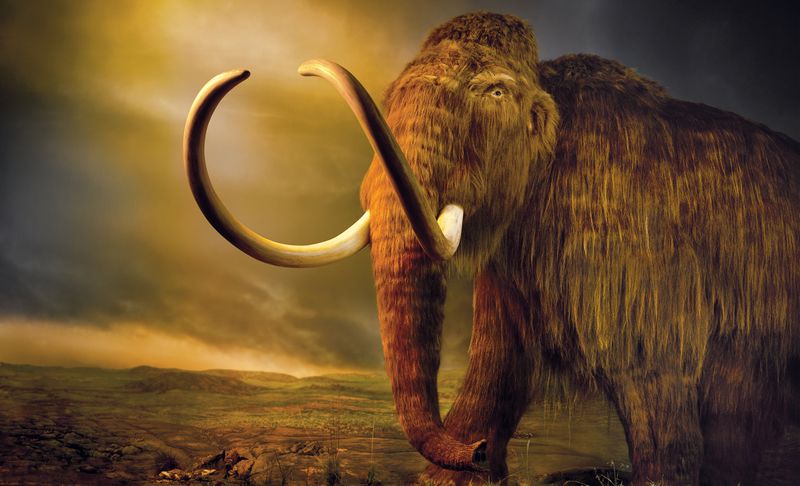
Despite decades of research and countless headlines, no truly extinct species has been successfully brought back to life. The technical challenges remain enormous.
From degraded DNA to surrogate pregnancy complications, the path to successful de-extinction is filled with obstacles. Even with perfect genetic recreation, animals need learned behaviors passed down through generations. The science is promising but unproven, raising questions about whether these expensive efforts will ever succeed.

